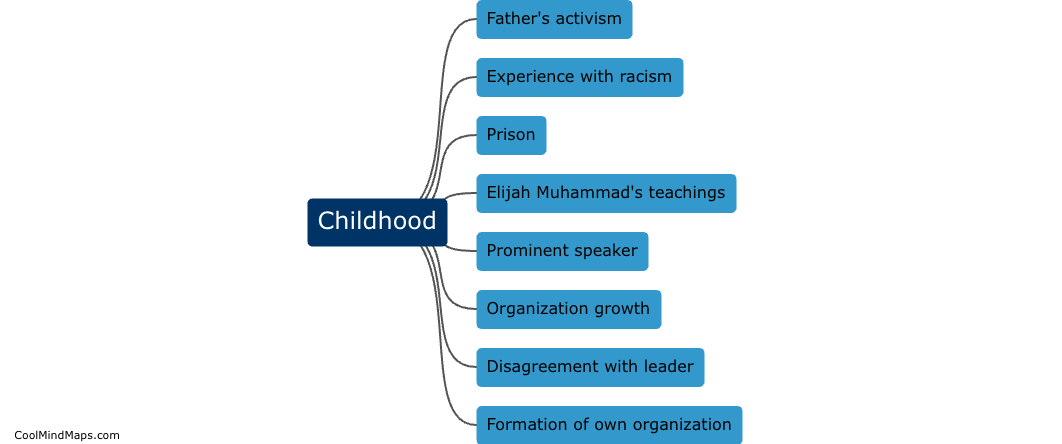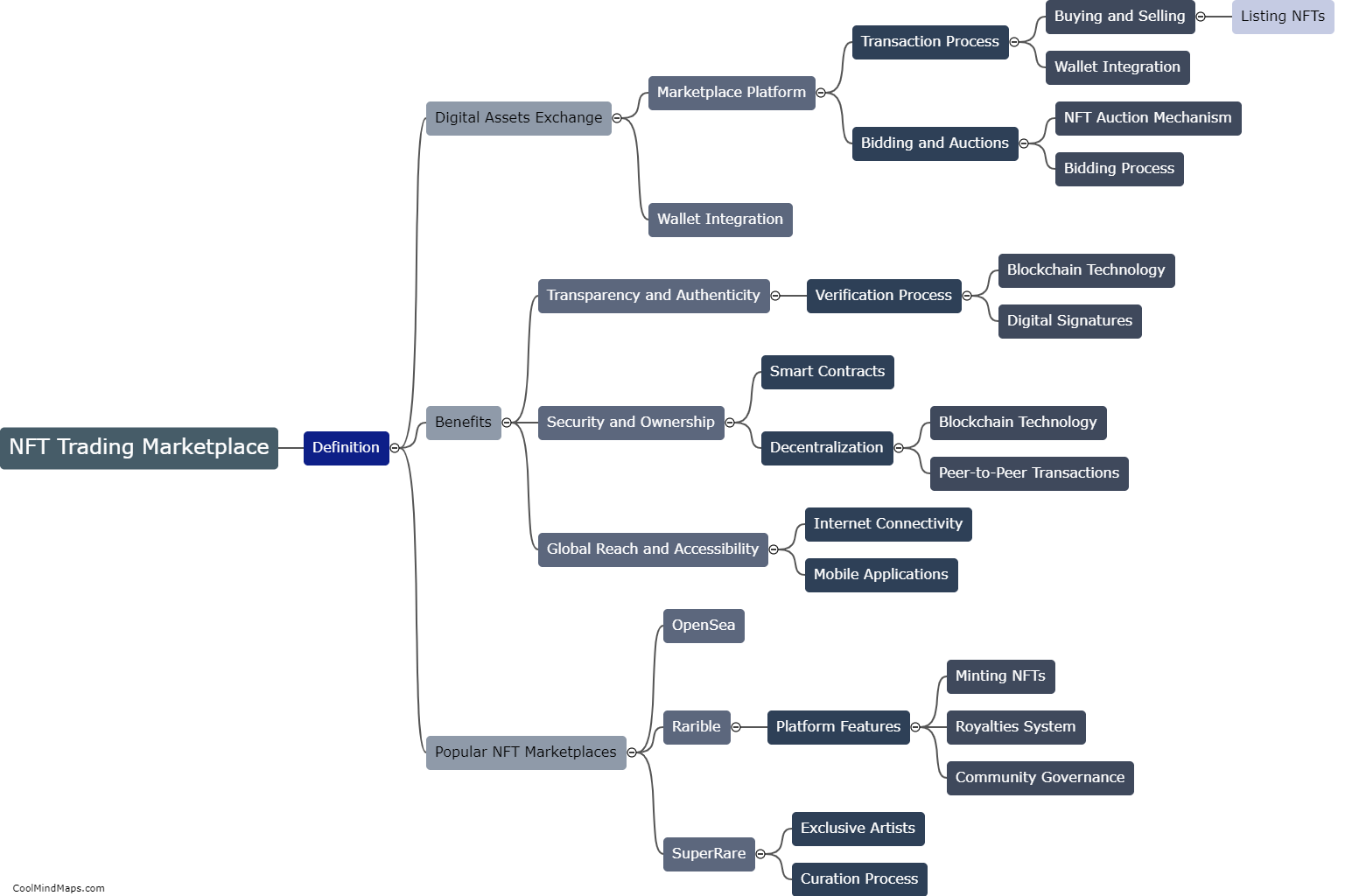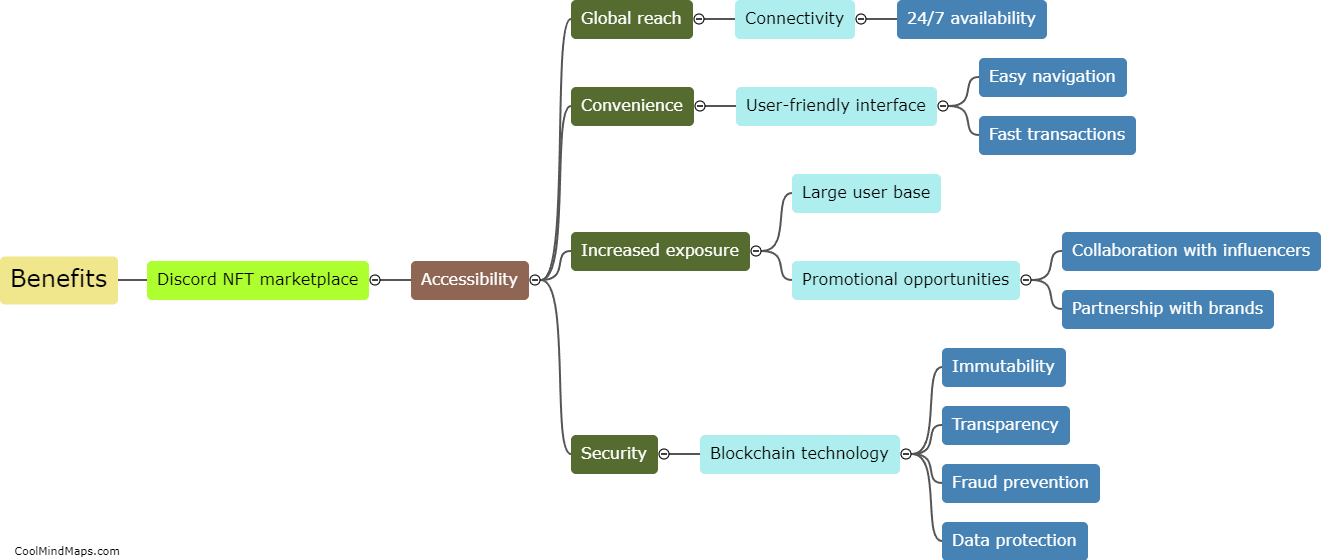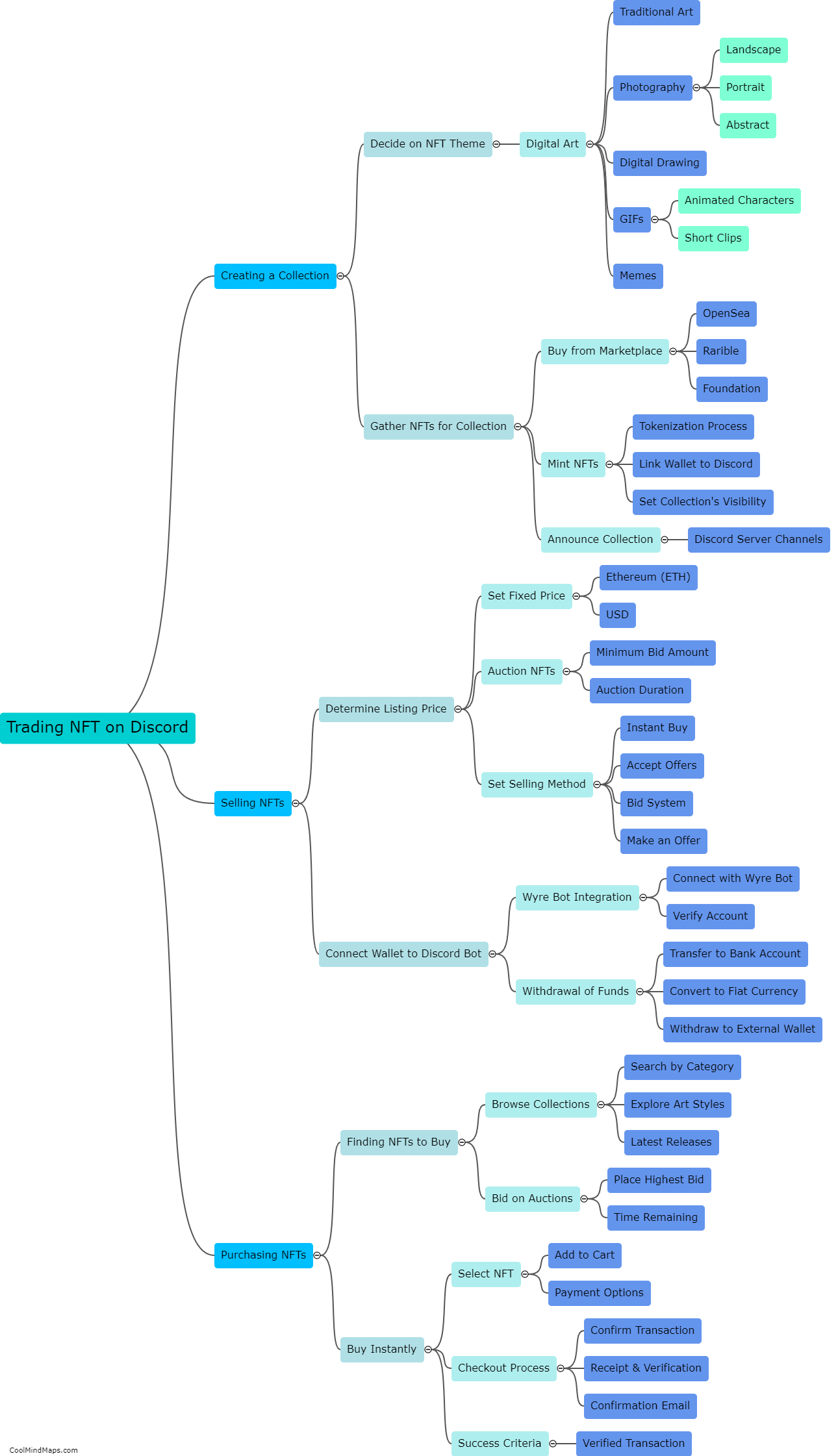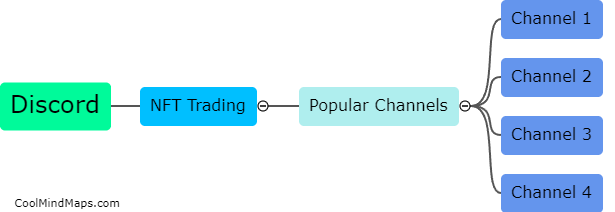What evidence can be included for kinesthetic learners?
Kinesthetic learners are individuals who prefer to learn through physical and hands-on activities. They thrive on movement and manipulating physical objects to understand new concepts. To effectively cater to their learning style, evidence that can be included for kinesthetic learners includes practical demonstrations, experiments, and real-life examples. Providing opportunities for them to engage in role-playing, interactive simulations, or hands-on experiments allows them to actively participate and manipulate objects, leading to a deeper understanding and retention of information. Additionally, incorporating physical activities like movement breaks or using manipulatives such as building blocks or puzzles can also enhance their learning experience. By including these types of evidence, educators can support and engage kinesthetic learners in the classroom.
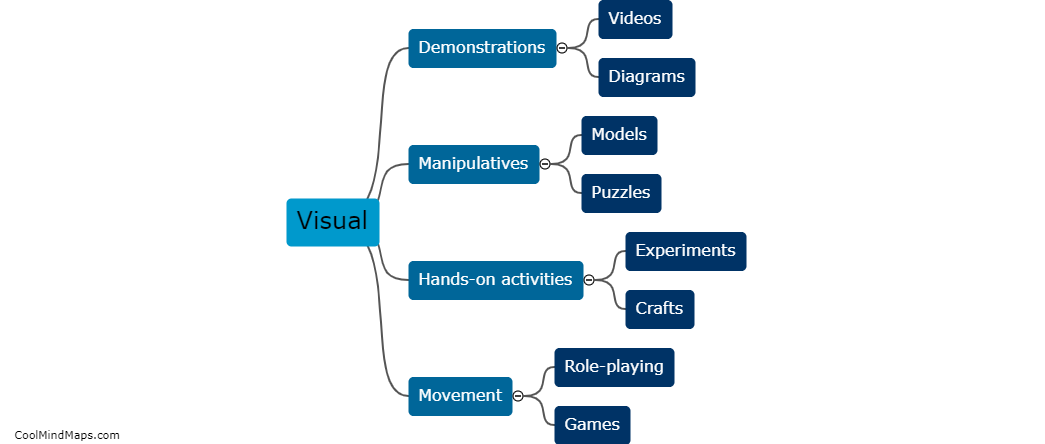
This mind map was published on 6 August 2023 and has been viewed 103 times.



